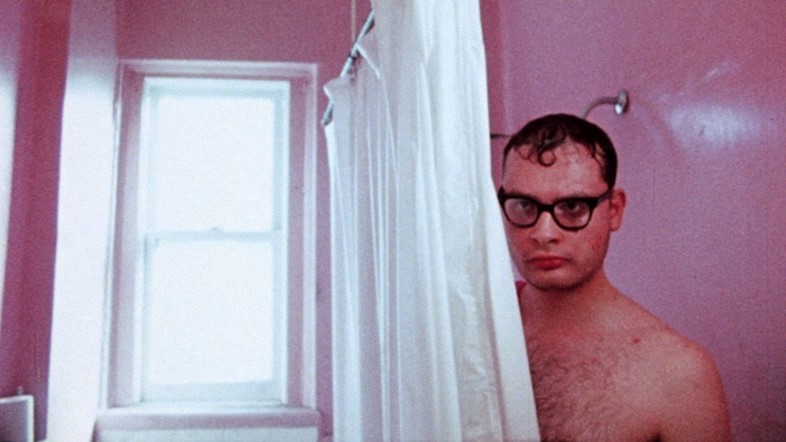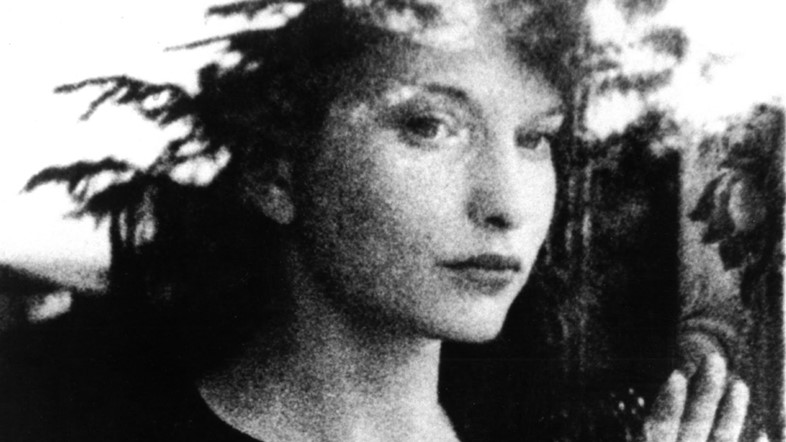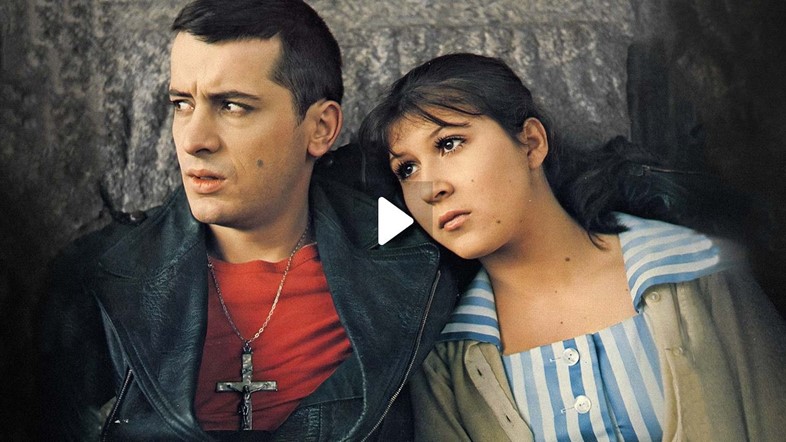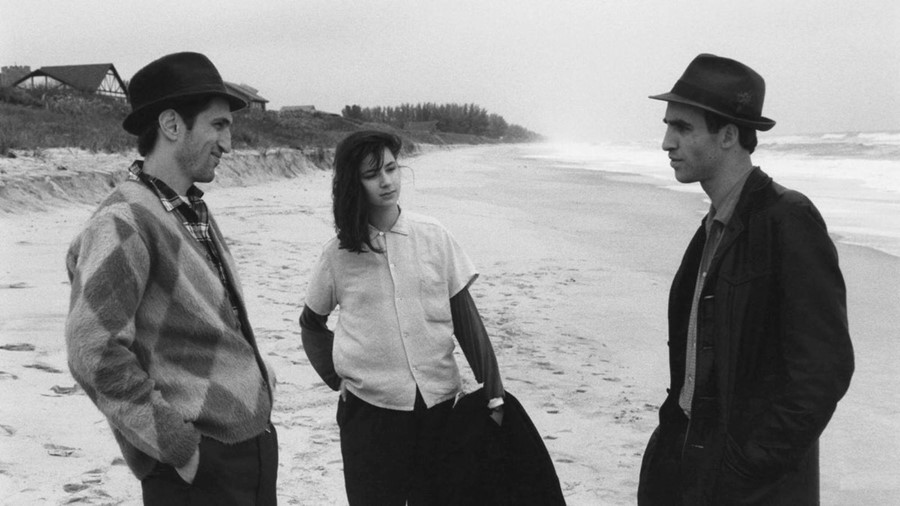As a new retrospective of her work opens at Metrograph in New York, Kelly Reichardt walks us through five of her all-time favourite films
Art school marked a pivotal time in Kelly Reichardt’s life, when she moved to Boston at 18 to study at the School of the Museum of Fine Arts and began “gobbling up movies.” Having grown up with “Pink Panther films” in what she describes as the “cultural desert” of Miami, exposure to film studies courses and local repertory cinemas changed her impression of what films could do. “I got so much at once there. I had an Indian cinema class and a year-long class on Fassbinder and the politics of German cinema,” she recalls. “It was a big salad all at once and then I sort of filtered things out over time.”
Reichardt is conscious of how her introduction to cinema was steered: “I didn’t have access to all the films we have access to today. The films I saw were either at art school or at the Brattle Theatre, but that was not a very inclusive group of people,” she says. “It was a lot of white men, is what I’m getting at, because that’s what was being screened.” In Reichardt’s own work, gender is often an important undercurrent, particularly for a film like Wendy & Lucy (2008), about an unhoused woman trying to get from Oregon to Alaska, or in the nuanced performances of isolation she draws from Williams, Lily Gladstone, Kristen Stewart and Laura Dern in Certain Women (2016). She is also noted for her tender portrayals of loving, masculine duos, as in Old Joy (2006) and First Cow (2019). Her centring of friendship insists on rich bonds that do not have to become marriage plots or fulfil sexual or reproductive ends.
These shifts in sociality appear gently and without fanfare; Reichardt’s tendency towards minimal dialogue is one way she reorients her audiences, sinking them into a different kind of temporality. She navigates time, space and land at particular rhythms, ones which perhaps cue us to look and feel with greater attention or care. A new retrospective, American Landscapes: The Cinema of Kelly Reichardt, opening May 11 at Metrograph cinema in New York, foregrounds the ways in which she explores settings.
Below, the director speaks with AnOther about the films that have most influenced her.
Stranger Than Paradise (1985)
“When I was in art school, [Jim] Jarmusch’s Stranger Than Paradise came out and that was big. Because the blocking is so straightforward, and it’s a camera in small apartments, you recognise those set-ups. It somehow seemed that it made filmmaking feel accessible. I was also very taken by [Andy] Warhol’s films, the non-narrative ones as well as the narrative ones. When you’re young, you’re looking for things that make you feel like you could make a film. The lighting was not very particular which made [me] think, ‘OK, you can set up a camera and throw your friends in front of it, and you can make a film.’”

Hold Me While I’m Naked (1966)
“I can remember when I first saw it, I thought it was so exciting. And I still think it’s a very exciting film. You get the sense that film is montage. There are all these Hollywood references but done in such a lo-fi way. And [George] Kuchar also has I, an Actress (1977), which is sort of like the art [William] Wegman was doing in the early days in his studio: you’re in a studio, there’s nothing in it, you have a camera, and it’s just him and an actress and a sense of humour. And ideas – I just like ideas. And so George Kuchar made a big, big impression on me.”

Girlfriends (1978)
“I can’t really remember when I first saw Girlfriends, but that was another idea of how films could work and what films could be about; it was made by a woman,[Claudia Weill], focused on friendships and took place in New York City. There was a woman who had ambitions beyond being married, which was mind-blowing at the time – not for me, but to see on film. There’s also the low narrative drive and how unsure the characters are of who they are. There was space for [uncertainty] and searching for who you are, along with having artistic ambitions. And I was a fan of the performances from both the actresses.”

Meshes of the Afternoon (1943)
“One of the first films I made was sort of making fun of [Meshes of the Afternoon co-director and star] Maya Deren, which is so obnoxious, but I did keep going back to [her films]. I was probably intimidated by them, to be honest. I didn’t relate necessarily to the dramatic woman in the images, but it just all seemed so brave and brazen. I immediately made fun of her just because that’s what you do when you’re young.”

Jail Bait, 1973
“[Rainer Werner] Fassbinder’s films blew my mind. Probably the first one [I saw] was The Marriage of Maria Braun (1978), which I saw a couple of times in a row before I saw [ones like] Fox and His Friends (1975). The one that I really love is Jail Bait. I find his shooting choices really interesting. You just can’t tell what he’s gonna do with the camera: there’s a mixture of total intention and control but there’s also cruelty. He moves his actors around like robots, almost. Some of the women are so chill and distanced, but then you can have these great melodramatic moments of emotion. There’s something about when you’re young and you see Fassbinder, where you’re worried that he’s doing something that could get him in trouble, mybe you feel that a little bit with early Warhol [as well]. I think those are things that draw you in. I still would like to think that.”
American Landscapes: The Cinema of Kelly Reichardt is on show at Metrograph in New York 11 – 26 May
